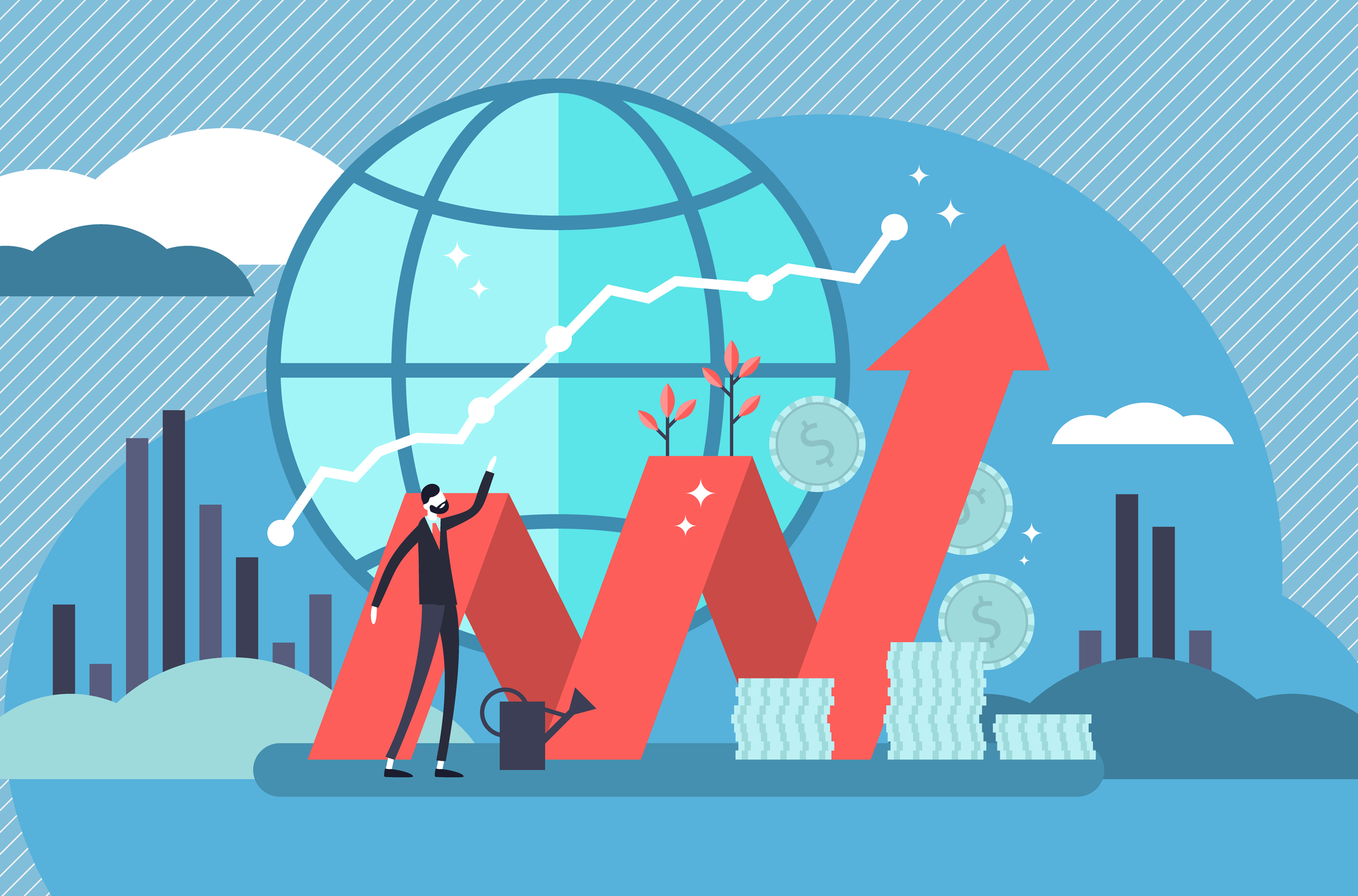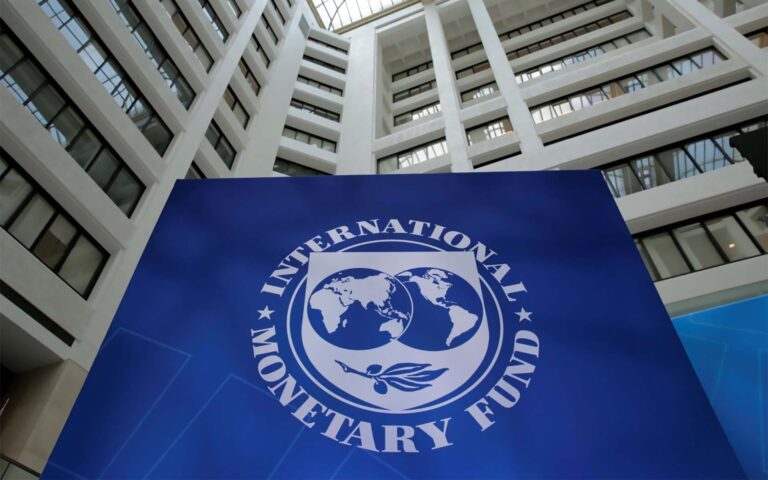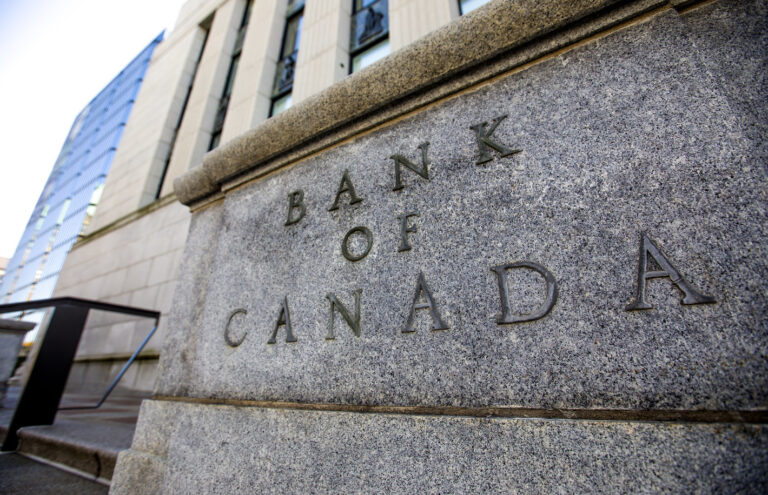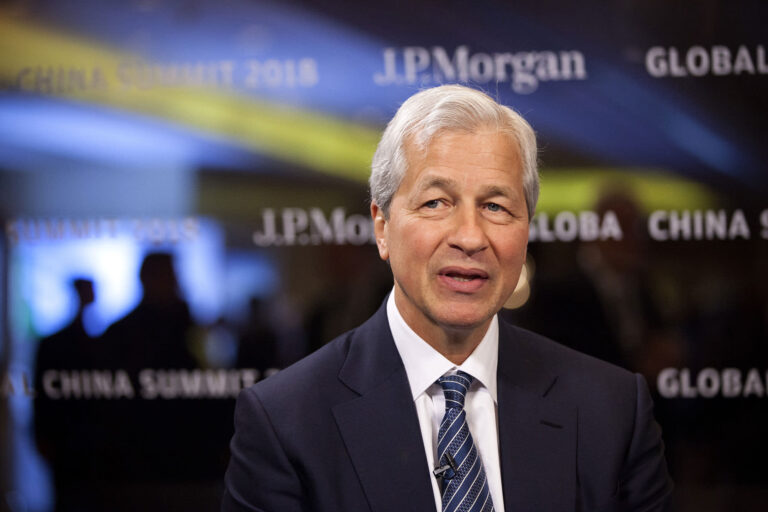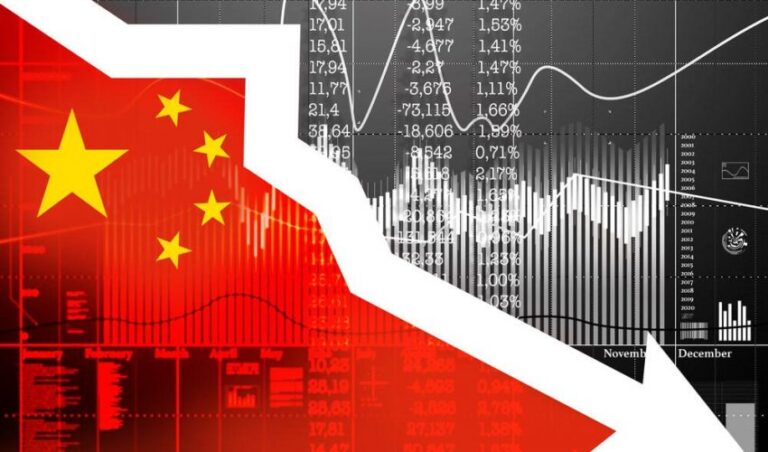Top 10 Largest Economies in the World
The Gross Domestic Product (GDP) is an important metric that indicates the economic health of a country. GDP is the measure of the value of all goods and services produced within a country’s borders within a certain period, usually one year. There are several methods used to calculate a country’s GDP, but the expenditure method is commonly used. This method measures the economy by adding up consumer spending, government spending, new investments, and net exports.
As an indicator of the size of an economy, the GDP is usually used to rank countries economically. The GDP offers a snapshot of the country’s market value of all final goods and services. It measures the country’s economy using production, expenditure, and income. Below are the top 10 largest economies in the world.
United States
- Nominal GDP: $22.66 trillion
- GDP (PPP): $22.68 trillion
With an estimated GDP of around $20.94 trillion, the United States is the largest economy globally, a position it has held since 1871, when it surpassed the United Kingdom. The economy is dominated by a vibrant, developed, and technologically sophisticated service sector comprised of finance, insurance, real estate, healthcare, business services, and professional services. The service sector accounts for around 80% of the country’s total output.
The U.S. dollar is a dominant currency around the world and the currency of choice for international trade. The dollar is also a component of major forex pairs, including GBP/USD, USD/JPY, and EUR/USD. The global applicability of the dollar has made the currency a ‘safe haven’ during uncertain times like political instability and high inflation.
The U.S has an open economy with policies that support flexible investment and attract foreign direct investment. The economy is backed by strong technology in almost all Industries. Key challenges facing the economy include deteriorating infrastructure, rising economic inequality, and high healthcare and social safety net costs.
China
- Nominal GDP: $16.64 trillion
- GDP (PPP): $26.66 trillion
China has the second-largest economy in terms of nominal GDP and the largest in terms of purchasing power parity (PPP). The economy has undergone tremendous transformation over the last few decades, with the Chinese government adopting open economic policies, phasing out collectivized agriculture, increasing foreign and direct investment, and increasing business autonomy.
China’s growth rate outpaces that of the U.S. and is projected to become the largest economy in the next few decades. The country has the largest manufacturing industry in the world and is ranked the largest global exporter of goods. China is also the largest country for multinational trade.
China also boasts of a large and budding tech industry that is attracting billions of global investments. The country is home to some of the largest blue-chip tech companies like JD.com, Alibaba, and Baidu.
Again, China’s agricultural economy is the largest in the world, with the sector accounting for close to 10% of the country’s GDP. This is a big difference from other developed economies like the U.S. and U.K., where agriculture accounts for a meagre 1% of the total output.
Key challenges facing the Chinese economy are environmental degradation and an ageing population.
Japan
- Nominal GDP: $5.38 trillion
- GDP (PPP): $5.59 trillion
Japan takes the third spot among the top 10 largest economies in the world with a nominal GDP of $5.38 trillion. The island country is known for having a thriving automobile industry and is home to global automobile brands like Nissan, Suzuki, Honda, Toyota, and Mitsubishi.
Japan also has a strong stock and financial exchange market with the Nikkei 225 stock index, the equivalent of the Dow Jones 30, comprising some of the leading blue-chip and global companies listed on the Tokyo Stock Exchange. The Nikkei 225 stock index lists companies from different industries, including technology, consumer goods, transportation, and finance.
Japan has an unemployment rate of just 2.3%, the lowest in the world. Additionally, the country’s currency, the Japanese Yen (JPY), is one of the most paired currencies in forex trading. The Yen has an inverse relationship to the Nikkei 225 index and usually offers a safe haven when stock portfolios from the index are falling.
The Japanese economy faces the challenge of an ageing population, which may eventually affect the economy negatively. Japan has the largest proportion of elderly people in the world. The government has been investing in making the elderly population more active and fertile, a move aimed at mitigating the negative impacts of an aged population on the economy.
Japan is also poor in natural resource endowment and is a large dependent on energy imports. The country’s reliance on imported energy went up following the shutdown of the nuclear power industry following the Fukushima disaster of 2011.
Germany
- Nominal GDP: $4.32 trillion
- GDP (PPP): $4.74 trillion
Germany has the fourth-largest economy globally and the largest in Europe. The country has a strong manufacturing industry, and the economy is highly reliant on the export of high-quality manufactured goods. Common goods exported from Germany include chemicals, machinery, and vehicles. The country also has a highly-skilled workforce.
Germany also boasts of a strong stock market with the DAX 30, which is the equivalent of the Dow Jones 30 stock index, listing 30 blue-chip stocks listed in the Frankfurt Stock Exchange. The Frankfurt Stock Exchange ranks 10th in the world by market capitalization.
The main challenges facing the German economy include demographic challenges, an ageing workforce due to low fertility rates, and a high level of immigration which exert a lot of pressure on the social welfare system.
United Kingdom
- Nominal GDP: $3.12 trillion
- GDP (PPP): $3.17 trillion
The United Kingdom ranks fifth among the top 10 largest economies in the world, with a nominal GDP of $3.12 trillion. The U.K. is one of the most globalized economies, and international trade is a major contributor to the GDP.
The country also has a well-developed service sector, especially in finance, business services, and insurance. The country’s capital London is a known global financial hub. The U.K. is the second-largest financial centre in the world after New York and is home to leading global financial institutions like HSBC, Barclays, and Lloyds.
U.K.’s ability to trade with Europe was affected by the country’s decision to exit the European bloc following the Brexit vote. This has also affected the economy as the country has to renegotiate trade deals with individual European states as well as the bloc itself.
Leading industries in the U.K. include the aerospace industry, where the country has played a front role in the development of popular aircraft in partnership with foreign aircraft manufacturers like Airbus and Boeing.
The pharmaceutical industry is also well-developed and a major contributor to research and development, prescription drugs, retail, and vaccine development. Leading U.K. pharmaceutical companies include AstraZeneca and GlaxoSmithKline (GSK).
The FTSE 100, which lists the top100 top U.K. companies by market capitalization, is one of the most traded stock indices in the world. The index is a collection of the highest-performing stocks.
India
- Nominal GDP: $3.05 trillion
- GDP (PPP): $10.21 trillion
India is the sixth of the ten largest economies in the world. The country has integrated the traditional economy comprising of traditional village farming and handicrafts into mechanized agriculture and a booming modern industry. The service sector comprises a large proportion of the economy, with the country being a major exporter of technology services and business outsourcing.
With 66% of its population engaged in agriculture and food production, India has carved out a sizeable pie as the largest supplier of commodity goods. Common goods exported from India include fruits, milk, seafood, vegetables, wheat, rice, cotton, sugarcane, and cattle. India also leads the world in natural resources, textile production, cement, coal, automobiles, crude oil, and natural gas.
India is usually described by many analysts as the fastest-growing economy in the world. The economy has gone up six times since 2000. It is also described by many as a developing market economy that depends more on supply and demand from other countries.
The country has undergone trade liberalization since the 1990s, which has seen monumental economic transformations. While trade liberalization has opened up the economy and boosted growth, the policy has also led to a number of challenges to the economy. Such challenges include widespread corruption, inflexible business regulation, and persistent poverty.
France
- Nominal GDP: $2.94 trillion
- GDP (PPP): $3.23 trillion
France is the most visited tourist destination in the world, and tourism is a major contributor to the country’s GDP. The country is one of the largest economies in the world and known for having a high per capita income with high standards of living.
In addition to tourism, France is also a leader in the automobile, pharmaceutical, and chemical industries. France is home to Groupe PSA, the world’s sixth-largest car manufacturer, Sanofi, the world’s fifth-largest pharmaceutical company, and Total, one of the seven major oil companies in the world.
The French economy has a mix of both private and semi-private businesses in several industries. The government is also a major player in critical sectors like energy generation and defence. The huge government involvement has led to some challenges like high unemployment, as many government policies favour social equality at the expense of a free market.
France accounts for a third of Europe’s agricultural land and is one of the leading global players in agriculture. It is globally known for the production of high-quality wine, cheese, dairy products, poultry, and wheat.
Italy
- Nominal GDP: $2.11 trillion
- GDP (PPP): $2.61 trillion
Italy is the eighth largest economy in the world and the third-largest in the European Union. Italy’s economic growth is unevenly distributed around the country, with the north more industrialized and more developed compared to the south, which has high poverty levels characterized by high unemployment levels.
Italy has a very industrious and competitive agricultural sector and an influential and innovative business economic sector. The country was among the hard-hit during the 2008 financial crisis that saw the unemployment rate soar to 12.7% in 2014. This figure has since come down to manageable figures.
Italy has the largest market for luxury goods and the third globally. The ‘industrial triangle,’ which comprises of Milan, Turin, and Genoa, is the back born of the country’s manufacturing sector. The manufacturing sector is made up of several small and medium cap companies.
Key industries in the north of Italy include aerospace, automotive, and other technical industries. The southern part is common with family-operated businesses and production of commodities, tools, and textiles.
Canada
- Nominal GDP: $1.88 trillion
- GDP (PPP): $1.98 trillion
Canada is the ninth largest economy with a well-developed energy extraction industry. The North American country has the third-largest oil reserves in the world.
Canada is also known for mining of precious metals, and some of the world’s largest gold mining companies are based here. The large deposits of precious metals have been a major contributor to the country’s economy.
Before merging with US-owned Newmont Corporation in 2019, and rebranding to Newmont Goldcorp Corporation, Goldcorp, which had its headquarters in Canada, was the largest supplier of gold in the world. Other leading Canadian gold companies include Kinross Gold, Yamana Gold, and Barrick Gold. These are among several other Canadian stocks that trade on major international exchanges.
Canada has a long border with the United States, and the two countries enjoy free trade relationship. Three-quarters of Canadian export head to the U.S. The free access to the U.S. market has been a major propeller to Canada’s economic growth.
The country also has some of the lowest unemployment rates in the world, with an annual average of 5-6%. The service and manufacturing sectors as well as growing supply and demand, have been major contributors to Canada’s low unemployment rates.
South Korea
- Nominal GDP: $1.81 trillion
- GDP (PPP): $2.44 trillion
South Korea has an advanced and industrial economy, which many economists and analysts regard as a success story of the 20th century. The country has undergone rapid economic growth and transformation in recent years and advanced to become a mixed economy. The strong and rapid economic growth has been attributed to the country’s focus on the technological sector and its strong education system.
South Korea has the fourth-largest economy in Asia and is one of the fastest-growing developed countries globally. The country has capitalized on an export-led growth strategy, which, together with the dominance of large business conglomerates, has seen the country build a strong network free trade agreements with 58 countries. These countries offer a strong market for South Korean goods as they account for more than three-quarters of the global GDP.
Bottom Line
The global economic landscape has been shifting with emerging market economies, especially in Asia. There are countries that have registered a significant rate of growth due to shifts in economic policies. These include India, Brazil, and China. Much of global growth is happening in emerging markets like Turkey, Indonesia, Egypt, Mexico, and Russia.
.
